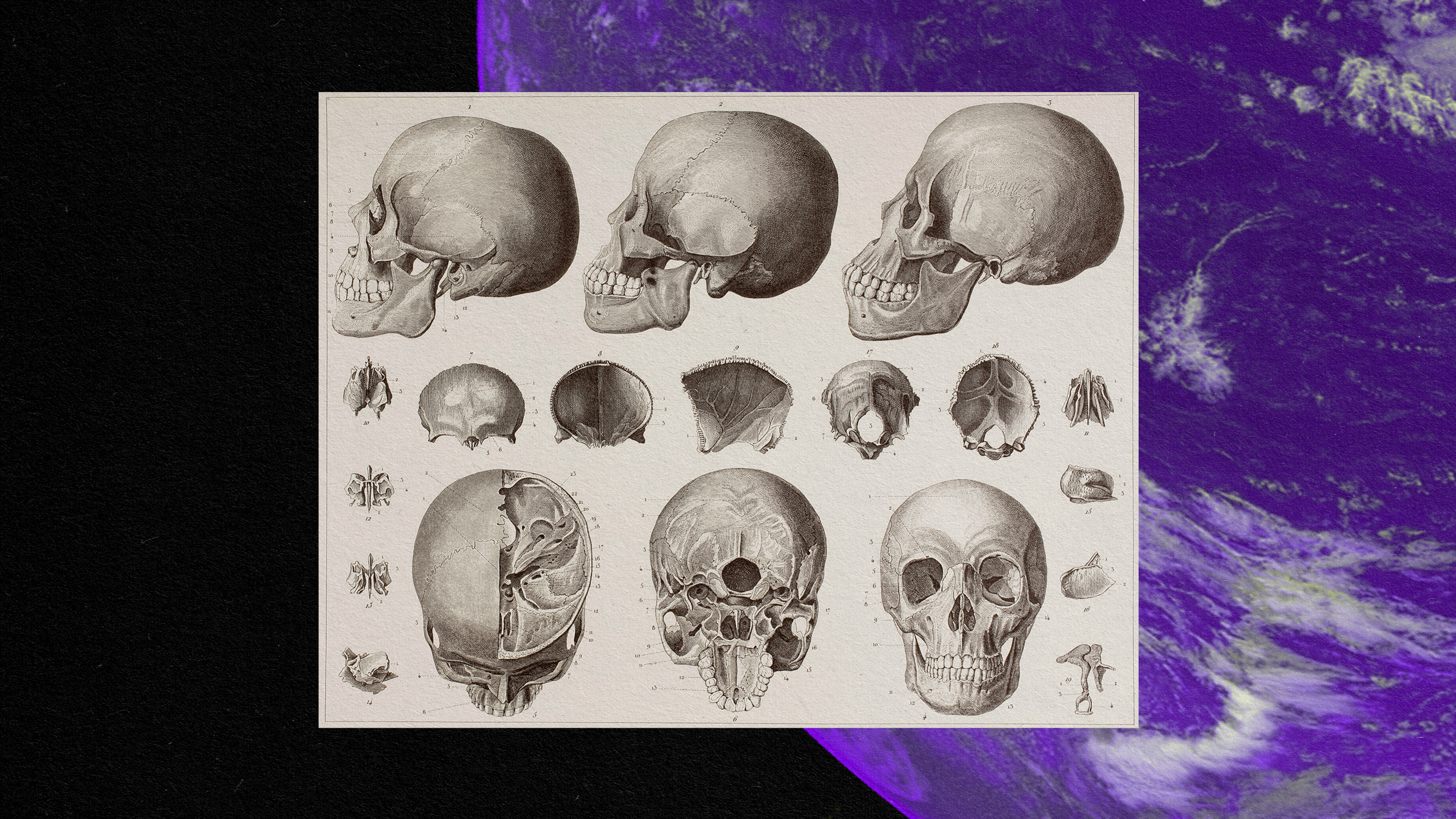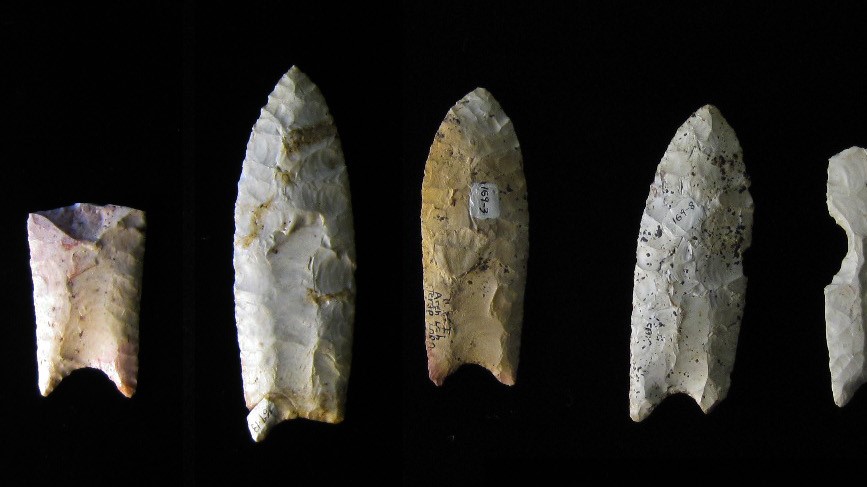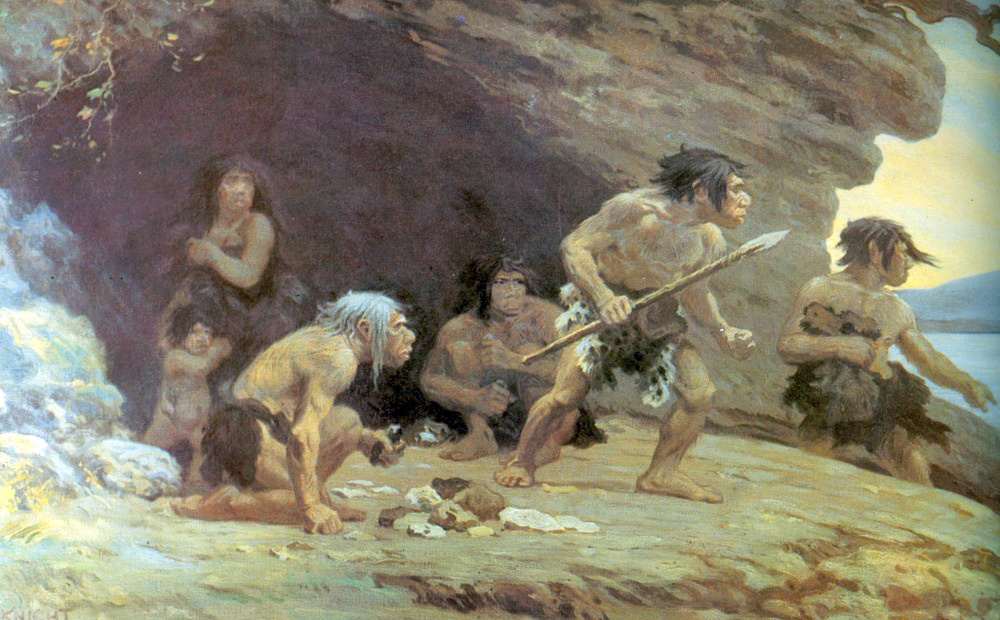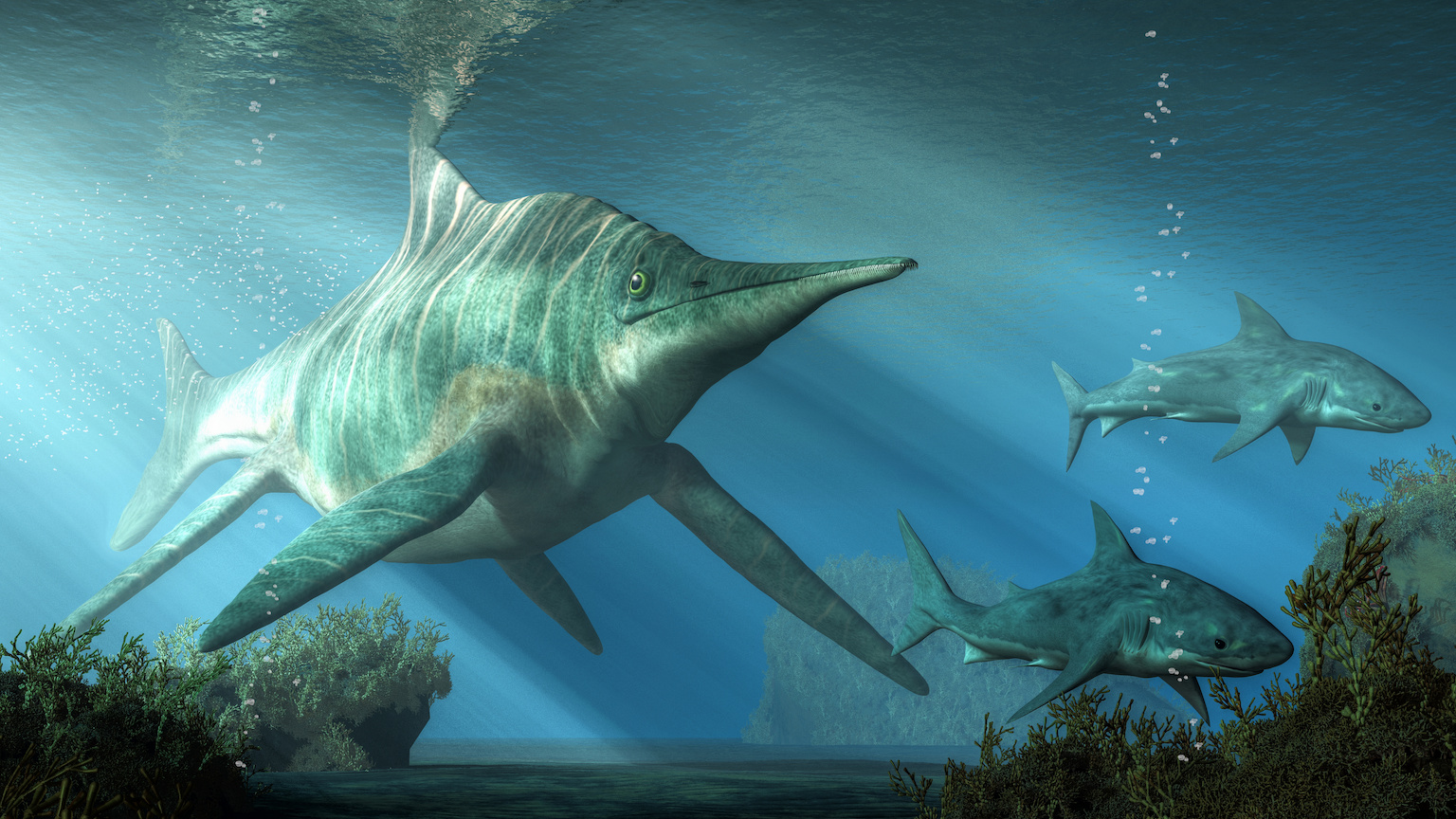How climate shaped 2 million years of human evolution

- Climate change plays an enormous role in the evolution of life on Earth. Scientists have long suspected that over the last two million years, it profoundly influenced the evolution of the genus Homo.
- Because we lack ancestral climate data near fossil records, we have not been able to show a link between climate and human migration patterns.
- A new study used one of the world’s fastest supercomputers to demonstrate that climate change in Southern Africa forced early humans to migrate and speciate.
Imagine doing a homework assignment that forced you to leave your computer running for half a year.
That is what a team of scientists at the IBS Center for Climate Physics in South Korea’s Pusan National University did to answer one of science’s most compelling questions: Did climate change affect the evolution of humans?
The researchers have a supercomputer named Aleph. Led by IBS Director Alex Timmermann, the team left Aleph running for six months to complete a climate simulation that covered the last 2 million years of the Earth’s environmental history. The resulting 500 terabytes of data were enough to fill several hundred hard disks.
The half-year of simulation was worth it, though, as the scientists provided the first clear evidence that climate change affected early human evolution and the speciation of the genus Homo.
45 million years of effort in a second
Scientists have struggled to prove that climate change affected human evolution, because we lack climate data from the areas where human fossils are found. Despite the lack of data, climate-related migration is such a ubiquitous force that most scientists agree it played a role in human evolution.
Specifically, climate researchers and evolutionary biologists suspect that changes in temperature, rainfall, and vegetation (a proxy for food sources) pushed humans away from their original habitats in Africa, and toward Europe and Eurasia. These patterns probably forced our ancestors to adapt by becoming global wanderers and nomads.
The idea has taken a step closer to confirmation thanks to Aleph, a state-of-the-art supercomputer. Aleph, which takes its name from the first letter of the Hebrew alphabet, needs one second to complete calculations that would require 45 million years or so of effort from any one of us. The researchers wanted to use Aleph to create a climate model spanning two million years in order to determine whether climate change and human migration are correlated.
Modeling human habitat
Speed aside, any computer-simulated model is only as good as the data it receives. Fortunately, the researchers had no shortage of high-quality archeological and fossil records that they could feed to Aleph. In collaboration with researchers at the Università di Napoli Federico II in Italy, the researchers gained access to a compilation of archeological and human fossil data. The collection included 3,245 data entries across six different species of humans: H. habilis, H. ergaster, H. erectus, H. heidelbergensis, H. neanderthalensis and H. sapiens. The researchers then gave Aleph data from known changes in the earth’s orbital eccentricity — a measure of how much Earth’s orbit deviates from a perfect circle — as well as its wobble and tilt. Equipped with this knowledge, Aleph could reliably predict large climate events such as glacial cycles and the onset of ice ages.
Aleph crunched the data to create a highly accurate climate model spanning two million years. Timmerman and his team could then look at what the climate was like in the computer simulation at the times and in the places humans lived. From these data, they created habitat suitability models for each of the six human species. For example, by comparing the climate niches of our species, H. sapiens, with those of the other five human species, the team determined that H. sapiens was the best equipped to deal with dry conditions. This adaptability probably gave us an advantage when we were moving across continents in search of the perfect habitat. Once the researchers got a better idea of what types of habitats each species liked, they could see whether and how those habitats changed geographically across two million years.
Humans followed suitable climate
The researchers could fast-forward in time through their simulations to create changing maps of potential habitats for each species. They could then see if these were correlated with climate change. The researchers re-ran many analyses using randomly selected groups of fossils. If humans were not affected by climate, each analysis should show similar habitat distributions. For three human species — H. sapiens, H. neanderthalensis and H. heidelbergensis — the researchers found a significant relationship between climate change and population locations. In particular, the model showed two pronounced periods of climate stress in southern Africa for H. heidelbergensis around 400,000 years ago. This timeframe correlated with an absence of the species from the fossil record and an appearance of H. sapiens in southern Africa, consistent with the hypothesis that H. heidelbergensis progressively evolved into H. sapiens. Another period of climate stress around 210,000 years ago probably put more stress on remaining H. sapiens, leading to further dispersal and genetic diversification.
In a press release, Timmermann said that “this result implies that at least during the past 500 thousand years, the real sequence of past climate change, including glacial cycles, played a central role in determining where different hominin groups lived and where their remains have been found.”
Climate change impacts human speciation and extinction
Next, the researchers wanted to know whether suitable habitats for different human species overlapped in space and time in areas they called contact zones. If the habitats overlapped, the different humans probably interbred and competed, informing species succession. From their contact zone analysis, the researchers created a human family tree showing that Neanderthals (H. neanderthalensis) evolved from the Eurasian clade of H. heidelbergensis around 500,000 to 400,000 years ago, while our species, H. sapiens, came from the African populations of late H. heidelbergensis around 300,000 years ago. These trees matched up with similar estimates derived from genetic and fossil data, complementing the existing evidence that supports the evolution of H. sapiens from H. heidelbergensis.
As the early human species became global wanderers, they needed to acquire new skills, which further strengthened their ability to expand their geographic range. The researchers suggest this positive feedback fueled biological or cultural shifts that allowed the species to adapt to wider climate envelopes and eventually to speciate toward H. sapiens and H. neanderthalensis, both of which had larger brains than H. heidelbergensis. This connects the long-term positive trend in brain size to past climatic shifts in Africa, strengthening the role that climate change played not only in the geographic location of our species, but also in our intellectual development.
When considered alongside other research that shows H. sapiens is the only species whose climatic niche was still expanding toward the end of the analysis period, the researchers suggest that the ability to adapt to a changing climate played an unquestionable role in the radiation of our species.
Climate change — sound familiar?
Climate change can shape the evolution of life on Earth, but modern humans have shown an ability to outwit climate and make their homes in inhospitable places, from the deserts of Las Vegas to the Siberian tundra. These analyses and other research propose that climate change authored the evolution of our species, making clear its fingerprints on human extinction and speciation. Though our ability to adapt to climate has played a key role in our persistence, we are now accelerating the very climate shifts that might have doomed our closest relatives to extinction.





